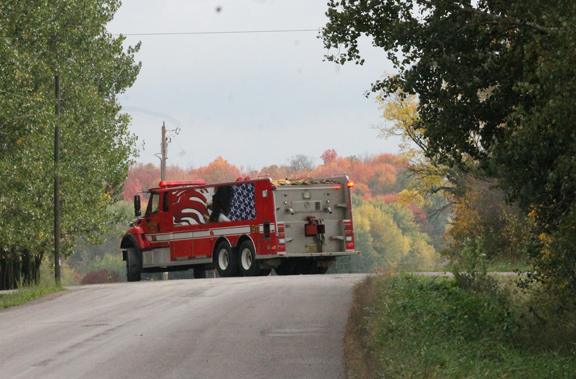Map provides a geographic breakdown of COVID cases
Continuing its commitment to transparency, the Wisconsin Department of Health Services (DHS), has released maps and corresponding downloadable data tables, that break down confirmed COVID-19 cases and deaths by new geographic boundaries. The new maps allow Wisconsinites to view existing COVID-19 case and death data by municipalities (cities, towns, villages), zip code tabulation areas and school district boundaries.
“We work hard to provide local and tribal health officials, and the public, with timely COVID-19 information,” said DHS secretary-designee Andrea Palm. “Breaking down existing case data by these additional geographies offers new ways for people to understand COVID-19 activity within their communities.”
It is important to note that school district boundary data represents all COVID-19 case and death information for those who live in that geographic area. Data is inclusive of all ages, is not limited to school-aged children, and is not showing cases or deaths specific to schools.
Geographic boundaries use location data from the Wisconsin Electronic Disease Surveillance System (WEDSS), to populate the maps with COVID-19 information, based on the address an individual provides at the time of testing. No personally identifiable information is shared.
The mapped case metrics present seven-day averages of new case rates, cumulative case counts and cumulative case rates. Cases included in these maps are confirmed COVID- 19 cases from molecular tests only. Results from antigen and antibody tests are not included.
The mapped death metrics present cumulative death rates, cumulative death counts and percent of deaths among all cases.
Data represents all COVID-19 case and death information for those who live in that geographic area. Darker colors indicate a higher rate, count, or percentage of COVID-19 cases or deaths. Clicking within a specific boundary provides location-specific metrics. That data is available for download, via links in the call-out box at the bottom of each data page.



